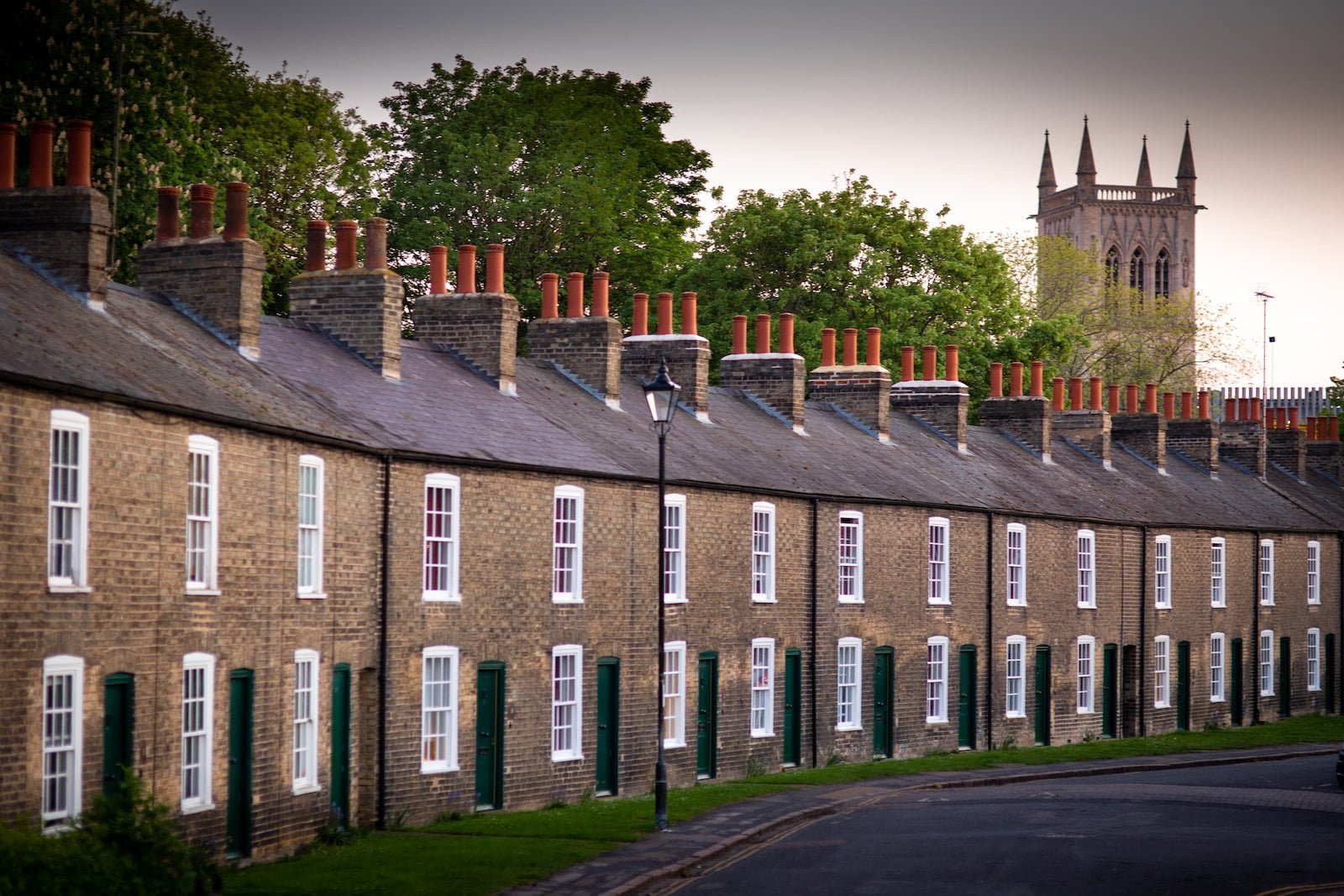What to Do If You Have a Tree on Your Roof
What to Do When a Tree Falls on Your Roof. Having a tree on your roof is not only an eyesore, but it can also pose potential dangers to your home and family. Trees can fall due to various reasons such as storms, strong winds, or disease. When a tree falls on your roof, it can cause significant damage to your property and put your safety at risk. In this article, we will discuss the problem of having a tree on your roof and the potential dangers it poses. We will also provide you with some tips on what to do when a tree falls on your roof to ensure your safety and minimize the damage to your property.
Assessing the damage caused by the tree and determining if it is safe to attempt removal yourself.
Firstly, it is important to assess the extent of damage caused by the tree. Look for any cracks or splits in the trunk, as well as any broken branches or limbs. If the tree has fallen on any structures or power lines, it is best to contact a professional tree removal service immediately. If the damage is minimal and the tree is small enough, you may be able to attempt removal yourself. However, it is important to consider the safety risks involved. Are there any obstacles or hazards in the surrounding area that could cause harm? Is the ground stable and level enough to support the weight of the tree? These are all important factors to consider before attempting removal. Ultimately, it is always best to err on the side of caution and seek professional assistance if there is any doubt about the safety of the situation.
Calling in Professional Help for Tree Removal and Roof Repair
If you’ve assessed the damage to your roof caused by a fallen tree and determined that it’s beyond your DIY skills, it’s time to call in the professionals. A tree removal service can safely remove the tree from your roof without causing further damage, while a roofing contractor can assess the damage and provide a quote for repairs.
When choosing a tree removal service or roofing contractor, it’s important to do your research. Look for companies with good reviews and a track record of quality work. Ask for references and check them. Make sure the company is licensed and insured, and get a written estimate before any work begins.
Once you’ve found a reputable company, schedule the work as soon as possible. Leaving a fallen tree on your roof can cause further damage and even pose a safety hazard. A professional tree removal service and roofing contractor can work together to safely remove the tree and repair any damage to your roof, giving you peace of mind and a safe, secure home.
Preventative Measures to Avoid Future Tree Damage, such as Regular Tree Maintenance and Trimming
To prevent future tree damage, it is crucial to implement preventative measures such as regular tree maintenance and trimming. Trees that are left unpruned can become overgrown and unstable, making them more susceptible to damage during storms or high winds. Regular pruning can help to remove dead or diseased branches, which can weaken the tree’s structure and increase the risk of falling limbs.
Additionally, regular maintenance can help to identify potential issues before they become major problems. A professional arborist can inspect the tree for signs of disease, insect infestations, or other issues that could impact its health and stability. By catching these issues early, preventative measures can be taken to address the problem before it becomes more severe.
Overall, investing in regular tree maintenance and trimming can help to ensure the health and longevity of your trees, while also reducing the risk of damage to your property. Don’t wait until it’s too late – take action now to protect your trees and prevent future damage.
Dealing with insurance claims and the financial implications of tree damage to your home
If a tree falls on your home, the damage can be extensive and costly to repair. It’s important to understand your insurance policy and how it covers tree damage. Most standard homeowners insurance policies cover damage caused by falling trees and branches, but there may be limitations and exclusions. For example, if the tree was dead or diseased, your insurance may not cover the damage.
To file an insurance claim, you’ll need to document the damage and provide evidence of the cause. Take photos of the damage and the tree, and gather any receipts or invoices for repairs. Contact your insurance company as soon as possible to report the damage and begin the claims process.
It’s also important to consider the financial implications of tree damage to your home. Depending on the extent of the damage, you may need to pay for repairs out of pocket or consider taking out a loan. If you’re unable to afford the repairs, you may need to consider selling your home or taking other drastic measures.
In conclusion, dealing with tree damage to your home can be a stressful and costly experience. Understanding your insurance policy and taking quick action can help minimize the financial impact and get your home back to its pre-damage condition.

